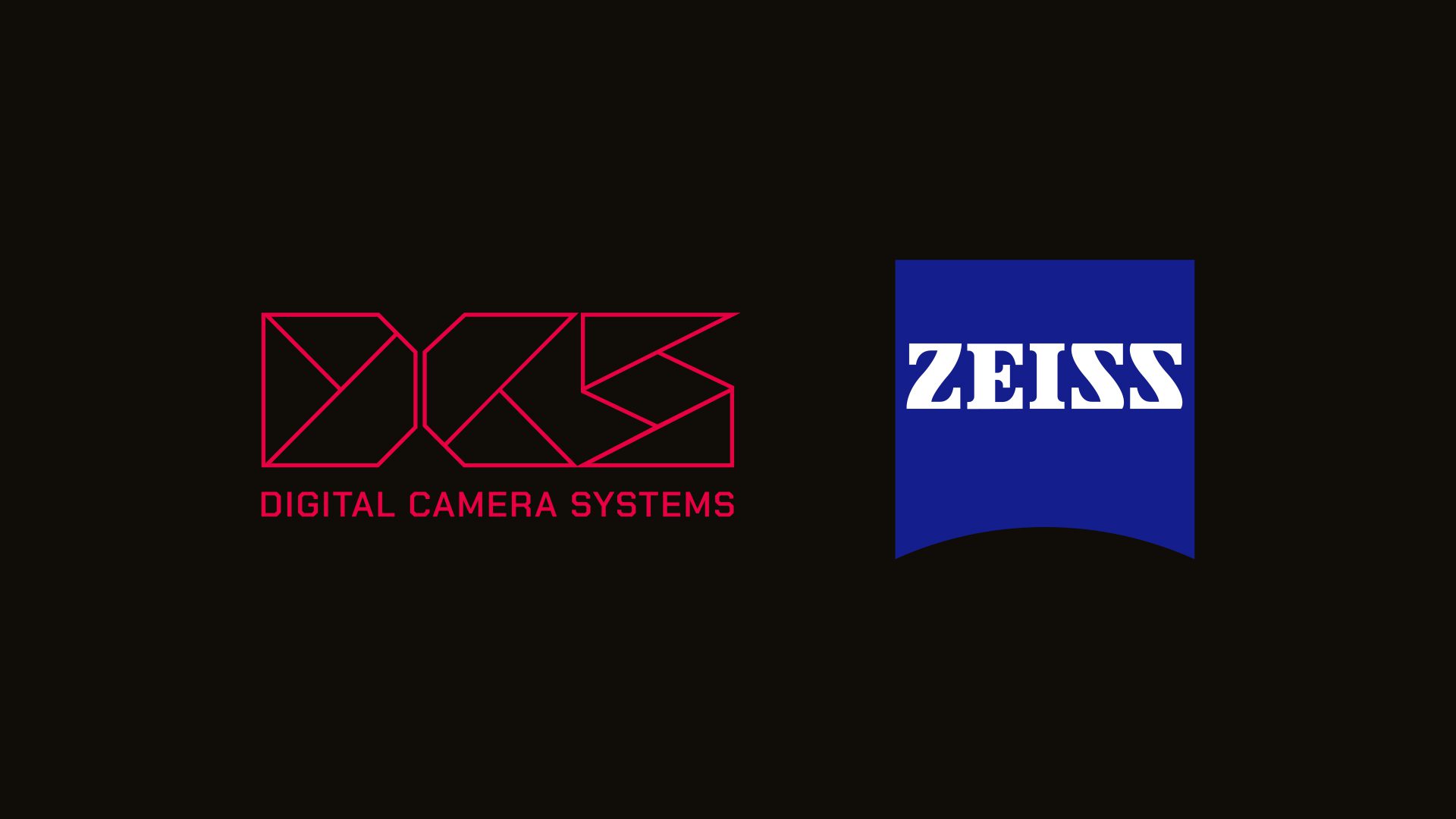At the European Lens Summit in May 2023, Digital Camera Systems (DCS) and ZEISS delivered a joint talk, unveiling an innovative workflow that enables the seamless transmission of comprehensive lens metadata from ZEISS smart lenses to Unreal Engine via the LDT-V2. This groundbreaking integration offers creators the ability to leverage shading and distortion data alongside other lens parameters, revolutionising the level of real time environment manipulation in virtual environments.
Unlocking the Full Potential of ZEISS Lenses
ZEISS lenses have long been celebrated for their optical precision and exceptional image quality. With the incorporation of smart lens technology, these lenses now contain a wealth of valuable data, including focus distance, focal length, aperture settings, shading, and distortion information. Leveraging this comprehensive lens data in real-time opens up a world of possibilities for augmented reality (AR) and virtual production (VP) applications.
A New Era of Simplicity
Creators can harness the power of the LDT-V2 to wirelessly transmit ZEISS lens metadata to the Unreal Engine via the native DCS Unreal Engine plugin. While there are varying tools and software that can map lens data, this can be time consuming and difficult to calibrate. The DCS ecosystem acts as a conduit, enabling direct communication between the lens data embedded in the lens and Unreal Engine, eliminating the need for external lens encoders or complex configurations. By simply connecting the lens to the LDT-V2, creators gain immediate access to a wealth of lens data within the Unreal Engine environment.
Example Workflow
Let’s delve into a sample workflow that demonstrates how the LDT-V2 and DCS Plugin facilitates the transmission of comprehensive smart lens data, including shading and distortion, from any compatible lens to the Unreal Engine:
- Connect the ZEISS lens to the LDT-V2 using the specialist SML cable,
- The lens data will auto populate on the screen of the LDT-V2,
- Data is transmitted either;
- via an ethernet cable from the LDT-V2 to the host machine,
- Or wirelessly if using the LDT-RX1 receiver to the host machine,
- Launch the Unreal Engine and activate the DCS plugin, which connects the live data to the cine camera actor.
- Configure the plugin to receive the desired lens data, including focus distance, focal length, aperture settings, shading, and distortion information.
- Leverage the received lens data within the Unreal Engine to enhance shading and distortion effects, or focus and iris information achieving a heightened level of realism in virtual environments.
Expanding Compatibility with Smart Lenses
A notable advantage of the LDT-V2 is its compatibility with various smart lenses beyond ZEISS. This means that creators can leverage the same workflow to stream comprehensive lens data, including shading and distortion, from other smart lens manufacturers. This compatibility fosters collaboration and ensures that creators can take full advantage of lens-specific data across different production pipelines.
Conclusion
The collaboration between DCS and ZEISS showcased at the European Lens Summit has paved the way for a new era in lens data integration with the Unreal Engine. By utilising the LDT-V2 creators can seamlessly incorporate comprehensive lens data, including shading and distortion, into their virtual environments. This integration unlocks a heightened level of realism, revolutionising the immersive quality of AR and VP experiences. With its compatibility with various smart lenses, the LDT-V2 empowers creators to push the boundaries of creativity, driving innovation and collaboration within the digital content creation industry.
For more information on the LDT-V2 and how it can unlock lens data from both smart and analogue lenses go to the product page here or contact DCS directly at info@dcs.film.

